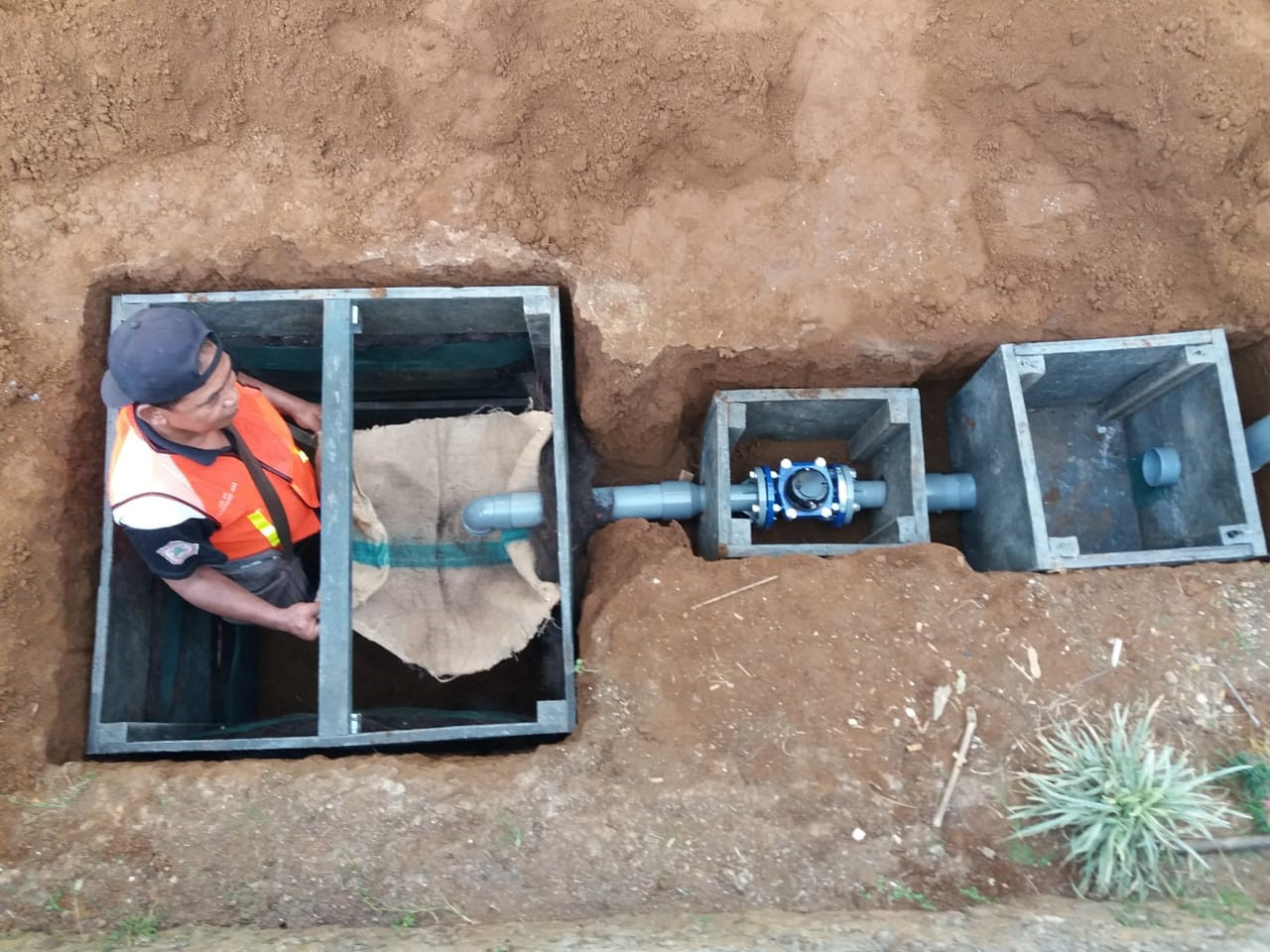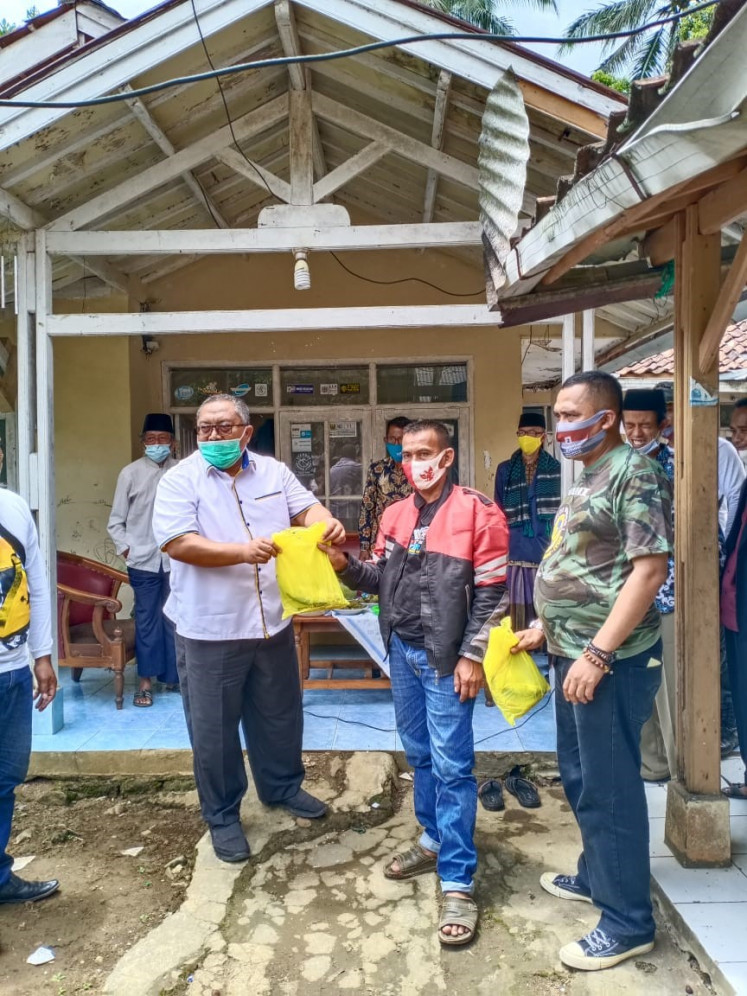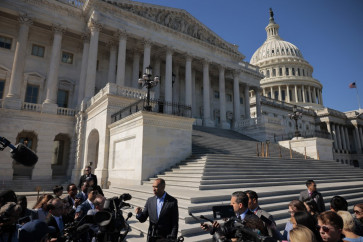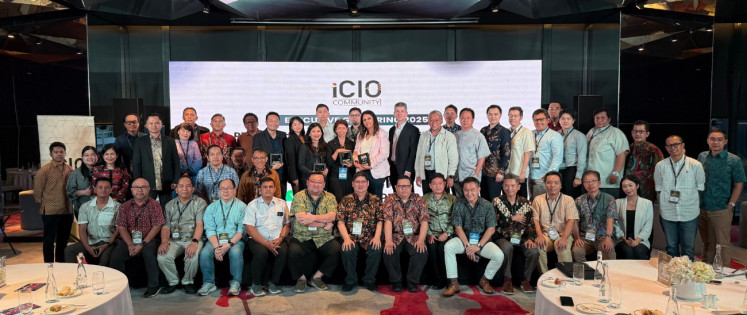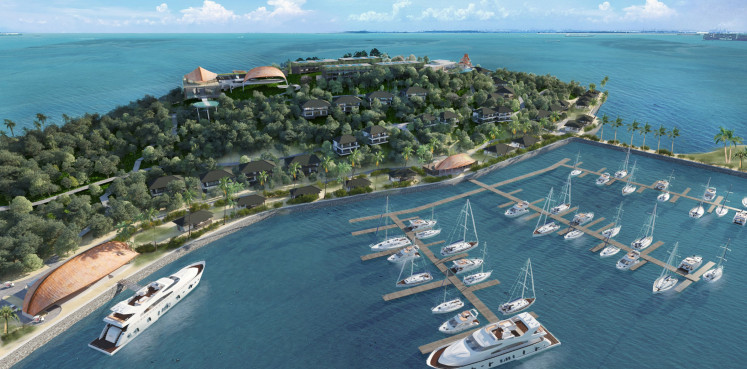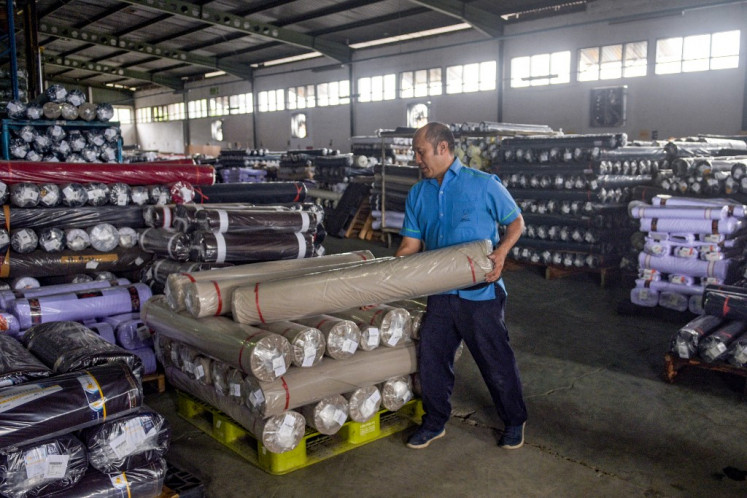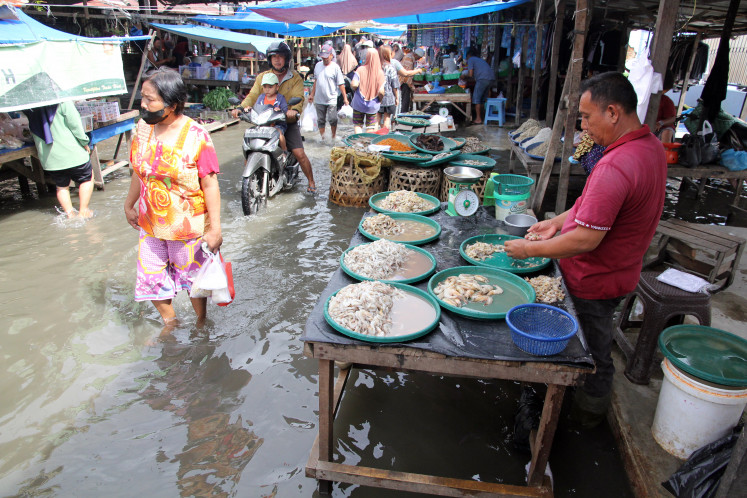Popular Reads
Top Results
Can't find what you're looking for?
View all search resultsPopular Reads
Top Results
Can't find what you're looking for?
View all search resultsInfiltration wells greatly benefit water conservation: case study in Citatih subwatershed
Change text size
Gift Premium Articles
to Anyone
A
watershed (Daerah Aliran Sungai - DAS) is an area bounded by a topographic barrier (ridge) which functions to receive and collect rainwater, sediment and nutrients and drain them through tributaries before ending up at outlets such as oceans, bays or reservoirs.
This definition of a watershed means that the entire land surface of the earth is completely divided into watersheds.
The exploitation of natural resources in watersheds, including in forests, for various human interests and needs has led to tremendous land and forest degradation. Changes such as the uncontrolled use of natural resources will therefore affect the function and balance of the environment, including hydrological processes in the watershed area.
In turn, watershed management aims to control the reciprocal relationship between natural resources and the watershed environment with human activities for the preservation of environmental functions and community welfare.
However, it requires significant effort to implement, making it necessary to integrate the management by various stakeholders from upstream to downstream with careful consideration of the various interests, biophysical and socioeconomic conditions that exist in a watershed.
In general, water conservation can be divided into two main methods: tree planting and civil engineering.
Conservation through tree planting is a natural way that has existed since time immemorial. Rainwater is retained by the canopy, trunk, litter and tree roots, reducing the amount of rainwater runoff. Water from the tree evaporates by around 20 to 30 percent, most of it seeping into the ground, becoming groundwater reserves, or exiting through springs.
Meanwhile, civil engineering methods are as varied as they come, from the construction of swales, biopores, water ponds, water retaining dams and infiltration wells.
One method that is particularly effective for protecting water catchment areas is through the construction of infiltration wells. Infiltration wells have a range of advantages over other methods, the most notable being the ability to absorb water into the ground in a large enough volume, ranging from 1,000 to 16,000 liters per day depending on the volume and model of the infiltration well.
In comparison with other methods, infiltration wells absorb more rainwater while also being easier to construct. The wells do not require a large amount of space, making them ideal for use in residential areas.
A healthy watershed has a five to seven times greater discharge during the rainy seasons than during dry seasons. Hopefully, the infiltration well development program can encourage a healthier watershed, reducing flooding during rainy seasons while reducing the risk of drought during dry seasons, ensuring a steady supply of water for local communities throughout the year.
At the same time, a community-driven approach is important to raise awareness and foster close collaboration between stakeholders. This approach is best exemplified by the Communication Forum for Environmental Management and Preservation (FKPPLH), a forum based in the subwatershed community around Cicatih river in Sukabumi, West Java.
Consisting of community stakeholders -- NGOs, local government, private sector, community leaders, researchers and academics - FKPPLH serves to facilitate communication and collaboration between the upstream community who manages the environment with communities and companies using the water in the Cicatih subwatershed. This forum has been legalized in 2020 by the regent of Sukabumi.
The Payment Environmental Services (PES) (Jasa Lingkungan - Jasling) payment approach is currently the main objective of FKPPLH, facilitating payments for environmental services from water users to environmental conservation community groups that maintain the function of infiltration wells in the upstream part of the Cicatih subwatershed.
The Jasling payment program is beneficial to both environment and community as it increases enthusiasm and awareness of upstream communities in maintaining infiltration wells while also developing agricultural business units. At the same time, the program also encourages a multi-stakeholder role to maintain and protect watersheds, especially important for those using groundwater.
As of 2020, Danone AQUA has built 1096 infiltration wells in the watersheds and subwatersheds surrounding the company’s eight factories in West Java, constructing an additional 144 wells throughout 2021. To date, the two Danone AQUA’ factories in Mekarsari and Babakan Pari are also the only two out of 24 water user companies based in the groundwater basin of Cicatih subwatershed to be fully involved in the Jasling payment program.
In order to encourage further contributions from other water users, initiatives such as workshops on Jasling by FKPPLH are recommended, with invitation and outreach done by the Regent or the Energy and Mineral Resources Ministry. At the same time, the related ministries would also benefit from integrating the Jasling payment program into the groundwater usage permit (SIPA) process.
Reiterating the importance of a community-based approach, however, a direct visit by water users to the upstream areas and meeting with water user community groups will likely bring a much-needed awareness into their immediate environment.
Every stakeholder, from communities to corporations, plays a vital role in their subwatershed, and would do well to do their part. A simple approach such as the Jasling payment program has proven effective enough in providing the necessary environmental benefits while convenient enough to fit in the community’s daily lives, ensuring that every contribution counts.

